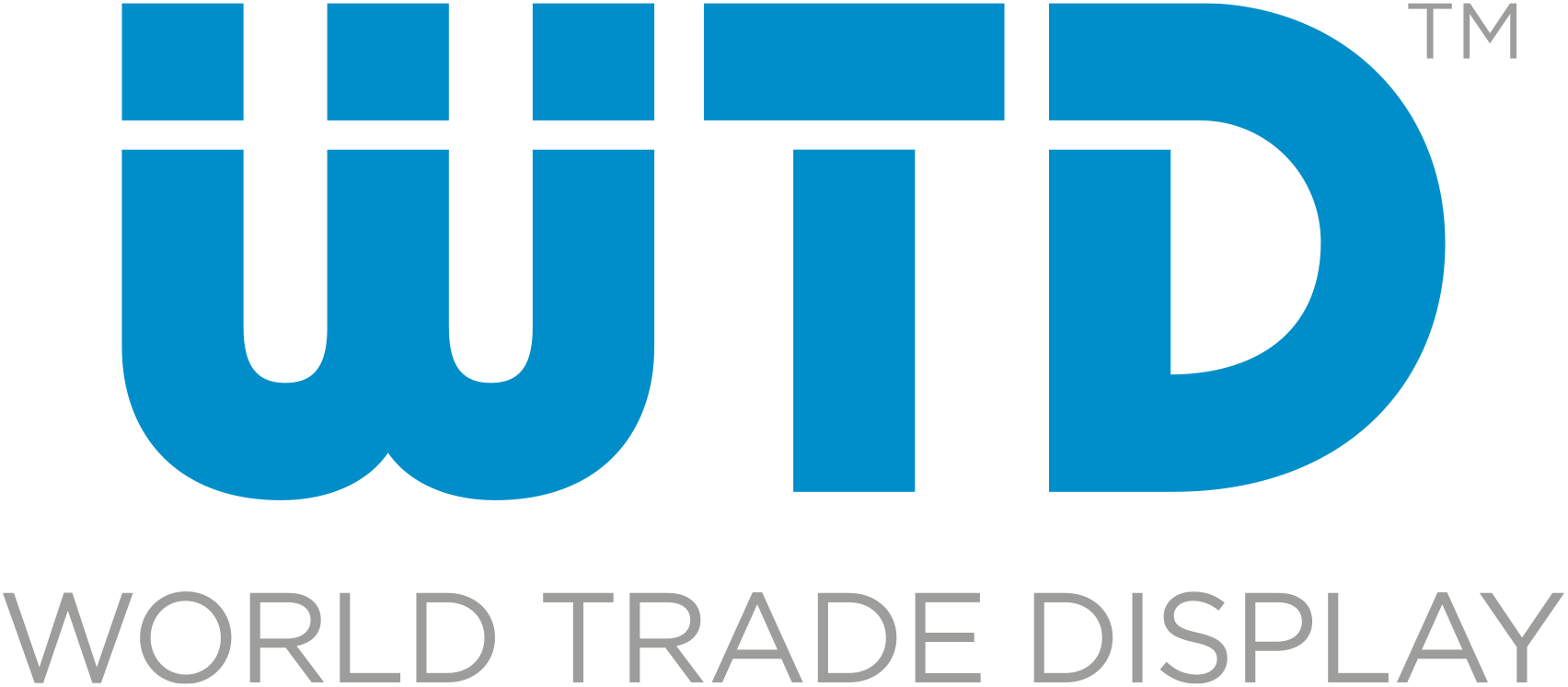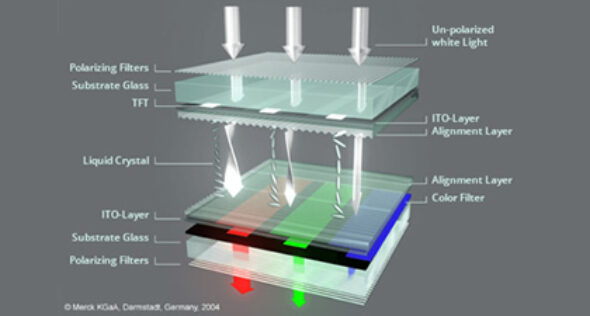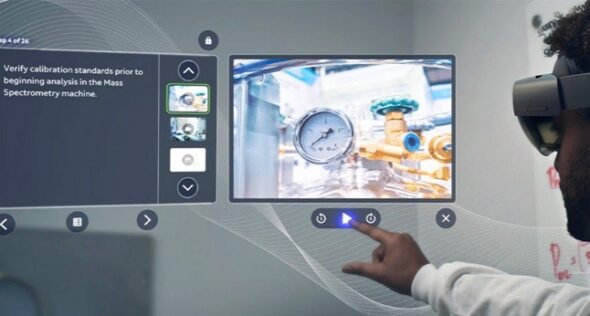LFD (Large Format Display) and IFP (Interactive Flat Panel) technologies represent the most advanced evolution in professional visual systems. Thanks to improvements in panel manufacturing and increasingly sophisticated software, these displays deliver high-quality images, interactive capabilities, and long-term reliability.
Panel Technology and Structure
Modern LFDs use LCD panels with LED backlighting, which have replaced older CCFL fluorescent lamps. This allows for thinner, lighter, and more energy-efficient displays. Newer technologies such as OLED and QLED eliminate the need for separate backlighting, providing a wider color gamut, higher contrast, and lower latency, though at a higher production cost.
Sizes and Resolutions
LFDs are available in a wide range of sizes. While a 42” model was once considered large, today screens reach 98 inches and beyond (about 2.5 meters in diagonal). Resolutions go up to 8K (7680 × 4320 pixels), delivering outstanding visual clarity. The most popular professional size currently is 75 inches.
Flexible Installation
LFDs can be installed horizontally or vertically and configured as video walls by connecting multiple units into one large display surface. Their installation versatility makes them superior to projectors, though some models can weigh up to 100 kg.
Continuous Operation
Designed for professional use, LFDs can operate 24 hours a day, 7 days a week without performance degradation, making them ideal for commercial environments, airports, and public information systems.
Brightness and Visibility
Brightness levels depend on the application:
- Indoor use: 300–700 cd/m²;
- Outdoor use: 2,300–2,700 cd/m² for full daylight visibility.
Their anti-glare surfaces ensure excellent readability even in brightly lit environments, such as shop windows or corporate lobbies.
Control and Management
LFDs operate similarly to professional PC monitors. They can connect to computers, media players, or USB drives, and many models include built-in management software. Dedicated Android and iOS apps allow remote control via smartphones or tablets, while tools such as Chimpa RDM enable administrators to manage, assist, and send content to multiple displays simultaneously.
Interactivity and Collaboration
Interactive Flat Panels (IFPs) feature touchscreen technology and often come with an integrated Android OS. By adding a mini-PC OPS module, they can function as full-scale workstations for meetings, brainstorming, and collaborative presentations. These devices enhance productivity and teamwork, both in-person and remotely, making them ideal for meeting rooms and huddle spaces.
LFD vs. Televisions
Although they may look similar, LFDs and consumer TVs are not interchangeable.
- Smart TVs are designed for home entertainment.
- LFDs are optimized for professional environments, offering higher brightness, color accuracy, and uniformity, along with anti-reflective coatings.
While most TVs peak at 350 cd/m², professional LFDs reach 700 cd/m² or more and are often factory pre-calibrated for precise color reproduction.
Durability and Longevity
To ensure consistent performance under continuous use, LFDs are engineered with:
- Advanced heat dissipation systems and temperature sensors;
- High-quality industrial components for 24/7 operation;
- Reinforced panels resistant to thermal and environmental stress.
Connectivity and Security
Professional displays provide extensive connectivity options, including HDMI, VGA, SDI, HDBaseT, analog inputs, and embedded computers (e.g., Intel or Raspberry Pi). They also feature security functions such as IR lockout, key-lock protection, and PIN-based OSD access control, preventing unauthorized tampering. Centralized network management software enables administrators to control power settings, schedule operations, and receive automatic fault notifications.
Conclusion
Large-format displays are a strategic investment for communication, collaboration, and digital signage. Their reliability, continuous operation capability, and superior image quality make them a long-term solution with strong ROI reducing maintenance needs and minimizing downtime over the product’s life cycle.






